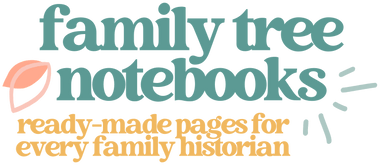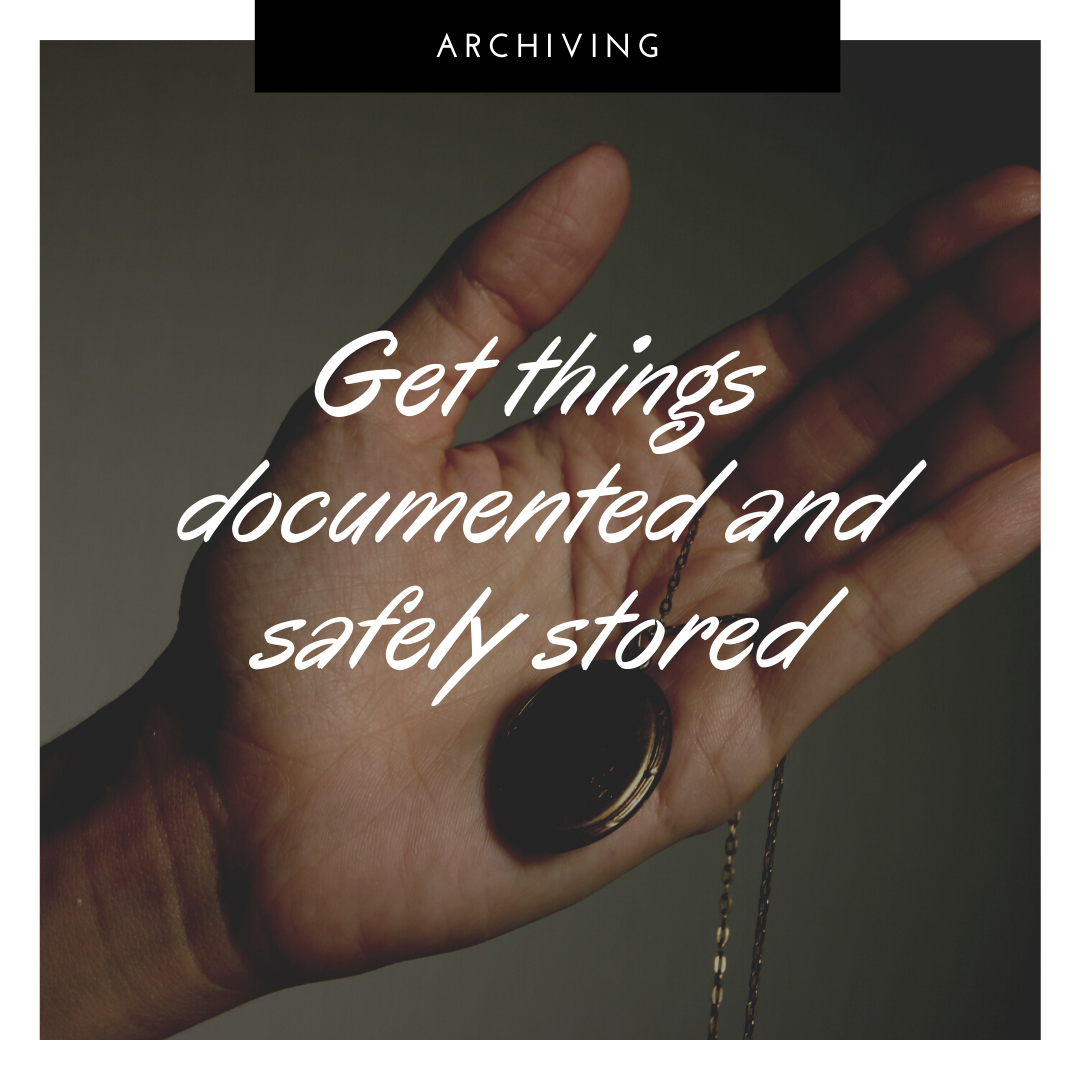I’ve been working on my stepfather’s genealogy as I’ve been filling out the family tree and I recently did a photo session that I thought might be helpful for some of you.

Like many people, my stepdad has things that have been passed down to him from his parents, grandparents, and great-grandparents. Some are things that are so worn and old they were actually rescued from being sent to the thrift store, so these aren’t necessarily the kind of things you would have out on display in your house. Additionally, if you aren’t the kind of person who would display antiques, you might just keep these things in a box (like my family does) with the knowledge that they were important to people who were important to you.

Unfortunately, that keeps them out of sight (and out of mind) for most of the time. To be fair, excess handling probably wouldn’t be good for a few of these things, but I wanted to study them to see if I could get any clues about the genealogy of this part of the family. So, I set up a simple photoshoot at home, documented each artifact, and then put them safely back into storage. Now I can add them to the family albums and research them to see what I can learn, but I don’t have to worry that the kids will get a hold of them or have them laying around the house.
If you want to do something similar, it’s very easy to set this up. I used a three-fold cardboard display board to catch the light from a nearby window and stuck a presentation-sized post-it to it for a background. The curve of the white paper kept the background from being a distraction and helped to reflect light up onto the objects so I could see them better.

After I took the photos, I used Photoshop to brighten them up a little and crop them down for detail, but you could just as easily use a phone camera and a photo app to process the photos and you would get a very similar result. I recommend the VSCO photo app because it gives you a lot of control over the colors and light in the image.
Now that I’ve photographed everything, I’m attaching notes to each of the photos about who the things belonged to (if I know), where they came from, what they were used for, etc. Again, nothing here is priceless or museum quality, but these are everyday items for the people I’m studying and knowing more about them either answers or establishes questions that I want answered, like whether or not something would have been expensive or if certain things are worn enough to indicate daily use.

This also gives me another way to illustrate parts of the family story, particularly if I don’t have many images of a person. The simplest stuff gets new significance if it ends up representing a whole piece of someone’s life.

Do you have family artifacts that you’d like to photograph? Maybe little things you’ve been hanging onto from your own story, like medals you won in grade school or napkins from your wedding day? Pull them out, photograph them, document them, and share them! You’re doing the work for future generations.

